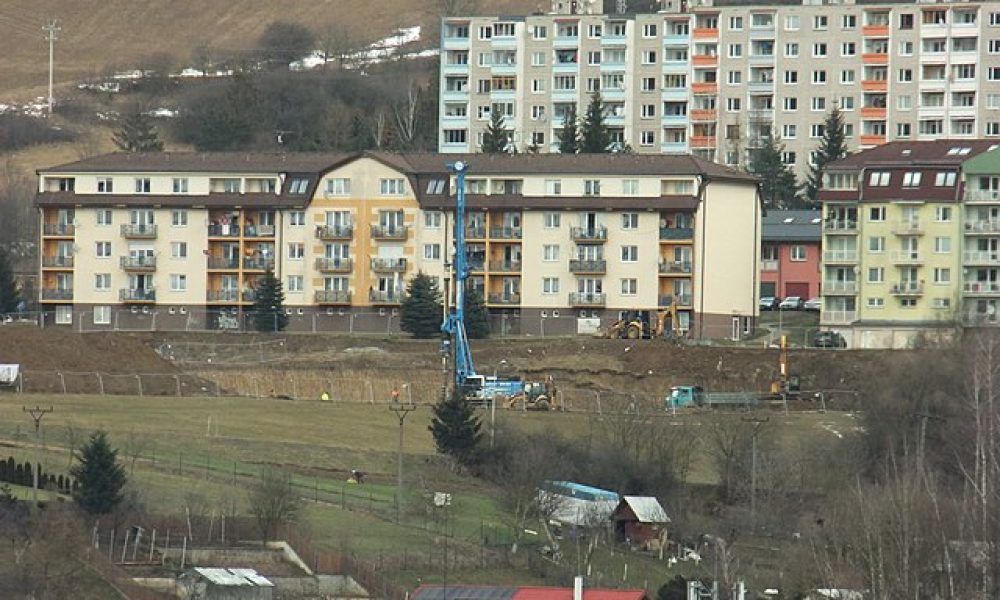In recent years, we’ve seen a stronger push towards improving the environment, spurred on of course by the huge amount of damage that we’ve caused to the planet already. Those who attended the COP26 conference in Glasgow recently, whether they are world leaders, government ministers, business specialists or commentators, will hopefully have heard and understood the urgency of the overall message; fix things, fix things right now and keep fixing things into the future.
Needless to say, remedies can come in all shapes and sizes and can address both specific and general issues. They include deforestation, sustainable energy, protecting wildlife habitats, reducing greenhouse gases, adopting greener transport solutions and improving recycling initiatives. It was a big conference – more than 30,000 attended – and it faced equally large issues. Crucially, many of those in the know saw COP26 as an ecological last chance saloon, so it’s to be hoped that practical and effective solutions will result.
One of the issues that was discussed was the need to provide improved insulation for both homes and workplaces, with the express intention of reducing the amount of energy we consume in order to heat our properties. This is of course a laudable initiative, one that will bring very tangible results, but it will only work properly if it also incorporates improvements in the ventilation systems of properties in all parts of the world.
Wanted: a cash injection from an extremely large hypodermic needle
Now, it should be pointed out that an organised programme of upgrades will be expensive, very expensive. In 2017, a UK government document listed the expected costs of retrofitting the average home. Figures included the likes of:
- Internal wall insulation £7,900
- External wall insulation £11,800
- Cavity wall insulation £750
- Loft insulation £450
- Underfloor insulation £5,800
- Replacement double glazing £6,400
…and more, of course. These numbers can be mind-boggling, especially if you’re already on a tight budget, and they don’t include the expense of adapting your ventilation systems to cope with the new snug-as-a-bug insulation regime. Inadequate ventilation, especially in well-insulated properties, is a significant danger to health.
In larger developments such as social housing estates, a synchronised retrofitting programme that includes ventilation can be affordable, healthier for all and, crucially, better for the environment. New builds can incorporate the latest technology to insulate and ventilate, but for existing properties the key to improvement lies in retrofitting. Governments all over the world, hopefully energised by the messages they receive at COP26, will hopefully take this issue to its logical, greener conclusion.
One of the problems facing world leaders in the wake of the conference is that of prioritisation. Given how many pressing issues the environment is currently facing, it’s difficult to know which of them requires the most immediate focus. For every pound that is going to be spent on developing MMC construction processes, that’s a pound that isn’t being used to improve hydrogen fuel cells, build more wind farms or restore a fragile ecosystem.
Retrofitting is a very worthy cause, and it will undoubtedly continue and expand, but at the moment it will just have to join the queue with all the other worthy causes. This is a process that needs to have large sums of money thrown at it, and unless it fires the imagination of every Premier League footballer in the UK – hardly a very likely prospect – it’s probably going to be more of a slow burner than a flash in the pan. Perhaps the type of B2B PR Sussex agencies can offer will become a key factor in the development of retrofitting schemes.










